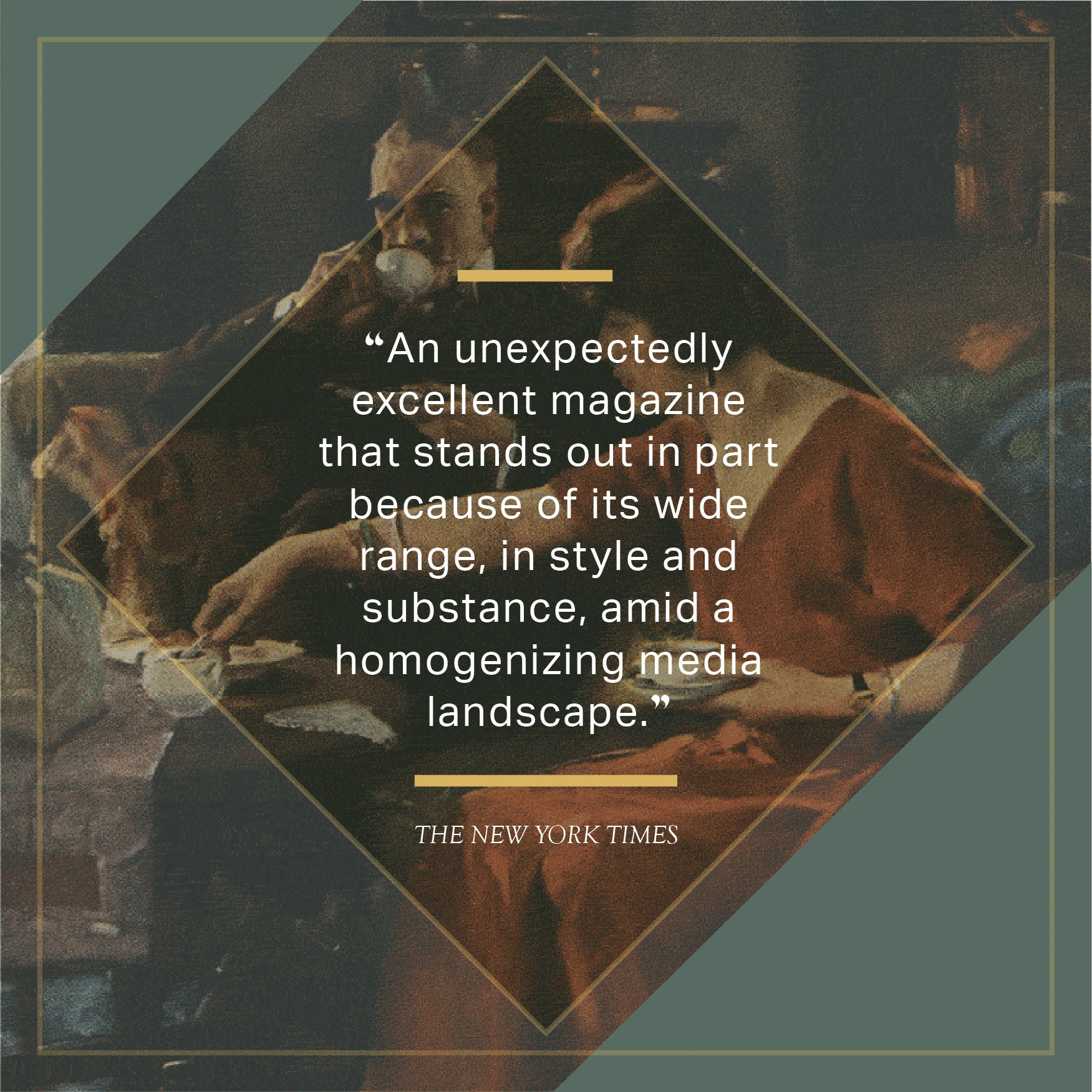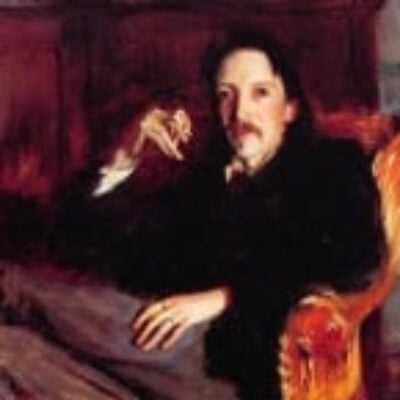In 1545, Girolamo Cardano, a doctor, a wearer of magical amulets, and a compulsive gambler, published a math book in Latin called Ars Magna. The “great art” of the title was algebra. When Cardano was done, he knew he had come up with something huge and powerful and timeless; on the last page was the declaration, written in five years, may it last as many thousands. The equations in Ars Magna looked very different from the ones we are familiar with — here, for instance, is how Cardano wrote the solution to x3 + 6x = 20:
Rv: cu. : R108 p : 10m : Rv :cu. R108m : 10
But the…






































































































